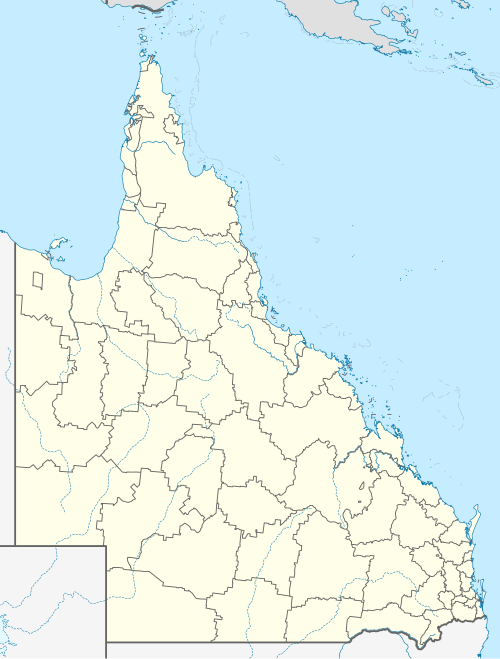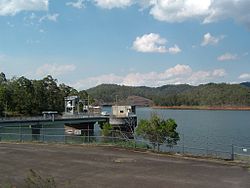This article needs additional citations for verification .(October 2010) |
This is a list of active power stations in Queensland, Australia. Candidates for this list must already be commissioned and capable of generating 1 MW or more of electricity. Queensland has a diverse range of power generating types. [1]





